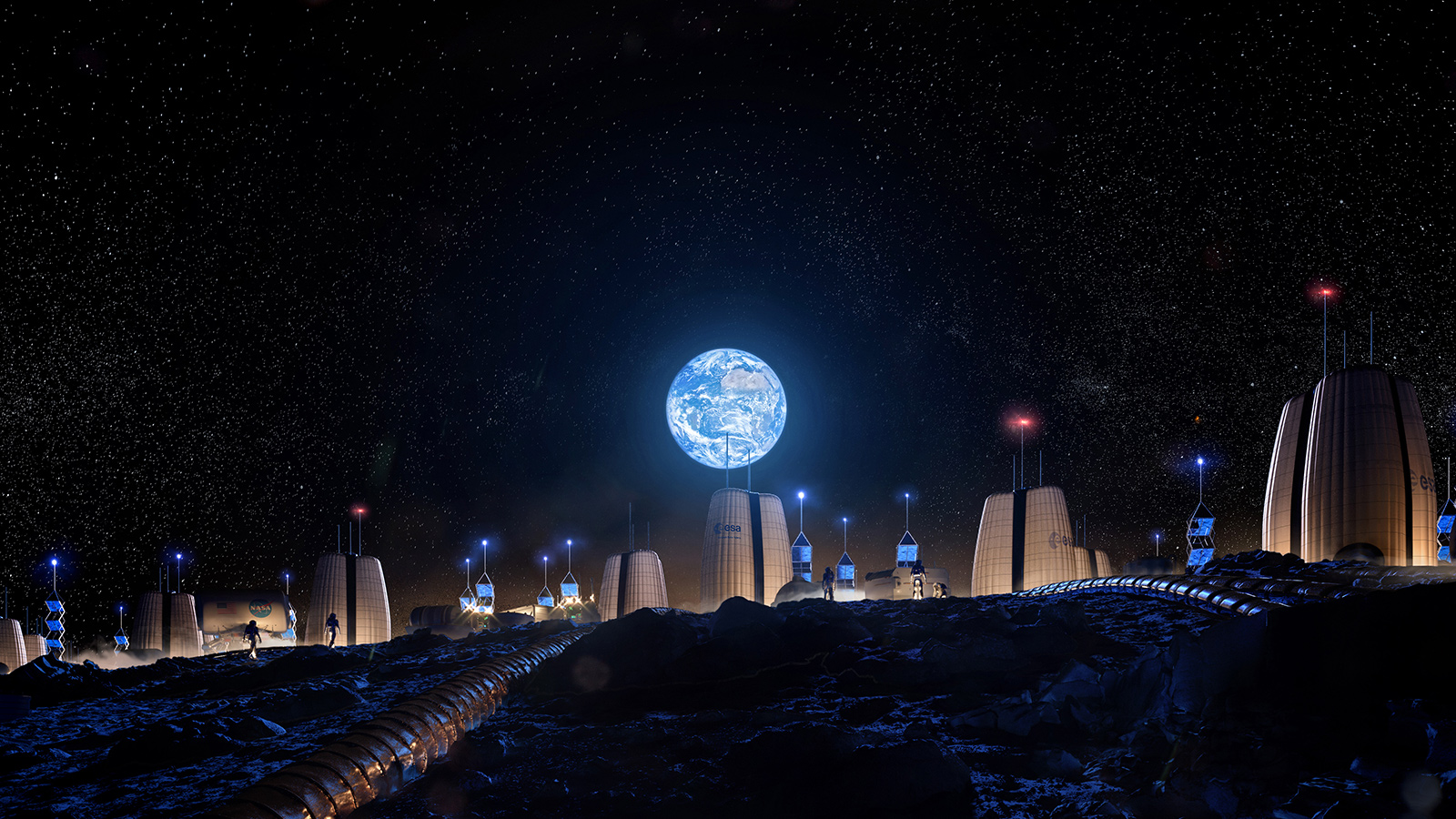Stay Up to Date
Submit your email address to receive the latest industry and Aerospace America news.
The Space Architecture Technical Committee focuses on the architectural design of the environments where humans will live and work in space, including facilities, habitats and vehicles.
Lunar Gateway development was a nexus of space-architecture activity this year. In the United States, five contractors constructed full-scale habitat ground-test models for evaluation at several locations as part of the Next Space Technologies for Exploration Partnerships program, or NextSTEP. In Europe, consortiums of space systems companies advanced designs for living in deep space.
Lockheed Martin was the first to open its habitat model for evaluation, in February and March, at NASA’s Kennedy Space Center in Florida. Lockheed based its concept on a repurposed “multipurpose logistics module” from the space shuttle era. Modularity to support a diversity of missions was a top priority.
Northrop Grumman Innovation Systems was next, in April and May, at NASA’s Johnson Space Center in Texas. Northrop derived its concept from its Cygnus cargo spacecraft, which is already in production. The company has made progress to evolve Cygnus into a habitable spacecraft, including the design and placement of docking ports and radiators. It remains compact enough to fit within the existing payload fairings of commercial launch vehicles.
Boeing followed in June at NASA’s Marshall Space Flight Center in Alabama. Its press release noted that the concept “builds on the company’s experience from designing, building and operating the [International Space Station] for more than 20 years.” It comprised two modules: a dedicated habitat and an airlock that could provide additional living and working volume. The modules would ride to lunar orbit aboard NASA’s new Space Launch System under the Artemis program.
Sierra Nevada Corp. opened its model in July, also at Johnson. It adopted inflatable technology originally pioneered by NASA and Lockheed Martin, subsequently licensed by Bigelow Aerospace, and for which the patent has now expired. Sierra Nevada dubbed its module the Large Inflatable Fabric Environment. Fully inflated, it measures 8 meters (27 feet) in diameter and length, providing about 300 m³ of pressurized volume, divided into three decks parallel to the cylinder axis. Despite its large deployed volume, it could pack into a 5 m payload fairing on a commercial rocket.
Considering the merits of all of the concepts demonstrated, in July NASA awarded a sole-source contract for a minimal habitation module to Northrop Grumman, stating that it was “the only NextSTEP-2 contractor with a module design and the production and tooling resources capable of meeting the 2024 deadline,” in view of the progress already made in Northrop’s Cygnus spacecraft development.
Nevertheless, Bigelow Aerospace demonstrated its B330 module in August and September at its facility in Nevada. The largest of all of the NextSTEP entrants, the module provides 330 m³ of pressurized volume yet packs for launch within a 5 m payload fairing. A volumetric demonstration unit open to the press was built in steel rather than inflated fabric in order to sustain the Earth gravity loads.
Meanwhile, the European Space Agency and its contractors continued plans to provide international elements to the Gateway. In October, Airbus completed study contracts for two elements: I-Hab, the international living and research module; and Esprit, the infrastructure module that includes a propellant storage and refueling system, interface to payloads and a scientific airlock. Thales Alenia also in October separately completed study contracts for the same two elements. The space architecture firm Liquifer Systems Group, based in Vienna, worked on a subcontract from Airbus to support the habitat engineering configuration.
Besides the orbital Gateway, the lunar surface was the focus of other architectural attention, and a terrestrial architectural firm has taken a leading role. In April, Skidmore, Owings & Merrill released its concept for the “Moon Village,” which it is planning, designing and engineering in partnership with ESA and the Massachusetts Institute of Technology.
Contributors: Maria João Durão, Matthew A. Simon, Daniel Inocente and Zachary Taylor
Related Posts
Stay Up to Date
Submit your email address to receive the latest industry and Aerospace America news.




